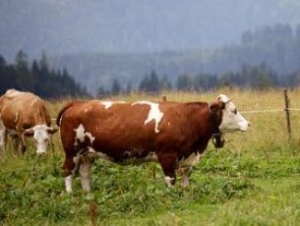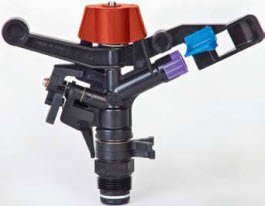News
CME: Total Canadian Cattle Inventory as of 1 January 0.2% Larger Than a Year Ago

Canada is an important supplier of both cattle and beef into the US market and production trends there have a direct impact on the US cattle market as well. Key highlights follow:
The total cattle inventory in Canada as of 1 January 2017 is currently estimated at 12.065 million head, just 0.2 per cent larger than it was the previous year. The numbers for 2015 and 2016 were revised higher, however, with the biggest revision impacting 2016, increasing from 11.920 million to 12.035 million. The combined inventory of US and Canadian cattle as of 1 January 2017 was 103.948 million head, 2.85 per cent larger than the previous year. If we add to this an estimated 16.5 million cattle in Mexico (latest USDA est.), this implies a combined North American cattle population of 120.5 million head, 2.4 per cent larger than the previous year. The gains have almost all come from a larger supply in the US market, with inventories in Canada and Mexico almost unchanged from 2015 levels.

While record profits encouraged US cow‐calf producers to expand in the last two years, that has not been the case in Canada. The beef cow herd as of 1 January 2017 was estimated at 3.834 million head, almost unchanged from a year ago (just 7,000 head larger) and down 1.450 million head (‐27 per cent) from the peak in 2005.
Even the modest herd expansion impetus that we noted in the last 18 months has not translated into a larger breeding stock. The number of heifers held back for beef cow herd replacement actually has been increasing (modestly) since 2010. In 2016, Canadian cow‐calf operators retained 547,000 heifers for beef cow herd replacement, the largest such number since 2008 and 20,000 head (+3.8 per cent) more than the year before.

And yet, the beef cow herd today is only slightly higher than it was a year ago. Deteriorating profit margins, a weak Canadian dollar and the strong pull of the US market have all worked to undermine growth in the Canadian beef cow herd. As of 1 January, heifer replacement numbers were down 10,000 head (‐1.8 per cent) from the previous year, implying that it is a good likelihood the beef cow herd at the end of this year will be about the same size, maybe even smaller, than today.
The direct result of a smaller breeding herd is a steady erosion in calf production and ultimately a smaller Canadian cattle industry. The decision last year by Western Feedlots, the largest feeding operation in the country, to wind down operations in 2017 is a result of the realization that a structural turnaround is unlikely in the short to medium term. With almost 1 million fewer calves born in Canada today than 10 years ago, the supply base is about 20 per cent smaller and Canadian feeders also have to contend with strong competition from the US and the negative impact of a weak exchange rate.






















